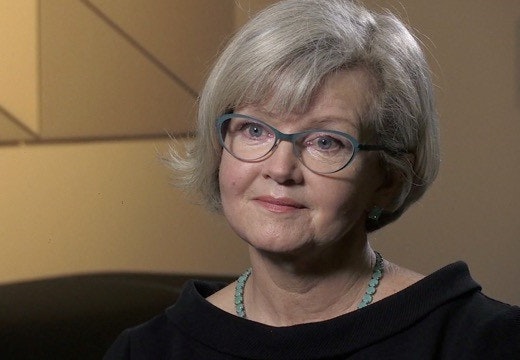The wheel of fortune to improve collaboration
Space design isn’t the only factor in improving intelligent collaboration, says Canadian expert Peter Smit, a speaker at WORKTECH Toronto 2016. His collaboration wheel spins through the issues
Many real estate professionals are given the objective of making space ‘more collaborative’. Do these leaders truly believe that new space can magically transform the collaborative performance of their people? The fact is that the workspace is only one of many factors that contribute to collaborative performance; in many circumstances, no matter what is done to the space, it will not have any impact, good or bad.
When asked what the biggest inhibitor to improving collaboration is, ‘space’ figures far down the list with just four per cent of respondents listing it as the most significant issue, far behind lack of common vision and objectives (47 per cent), lack of trust (32 per cent), wrong skillsets (nine per cent) and wrong technology (eight per cent).
When paired with the response to the question of ‘who owns collaboration in your organisation’ of ‘nobody’ (37 per cent) and ‘do not know’ (23 per cent), a move into new space may actually represent a great opportunity to undertake a significant change in the collaborative culture of the organisation.
Factors in collaboration
During the recent WORKTECH Toronto 2016 conference, I presented our ‘collaboration wheel’ to help give insight into the elements and factors which contribute to collaborative performance.
This wheel is an integral part of an assessment tool we use with organisations to get an accurate picture of collaborative performance and develop strategies to get better. Individuals are asked to rate, first the level of importance they assign to each of the elements, and then where they feel reality is relative to this. They are asked to do so both for the organisation overall and then the team(s) they are directly involved in.
This provides an indicator of how specific team performance compares to that of the organisation. Are they out-performing the organisation, or are they below the norm? If all members of a team complete the assessment, one can get a picture of how aligned the team is and its issues.

A quick look at the spokes of the wheel:
Trust: is there trust? Do people feel comfortable relying on others? Is there encouragement to take risk?
Communication: is there open and free communication? Do people say what they really think?
Vision and objectives: is the direction clear and understood by all?
Skillsets: are the skillsets required to achieve objectives present and available?
Office space: does the available office space support the manner of work required?
Face to face time: are people available for discussion within a required period of time?
Technology tools: are appropriate tools available? Are people properly trained on each? And are the tools well used by all?
Information flow: is there a good information governance and access policy in place? Is the experience, expertise and knowledge of the collective organization easily available and accessible?
Objectives: are the objectives set for teams seen as being achievable and realistic?
Resources: are the resources required to achieve the objectives available?
Timeframes: are the timeframes set to achieve the objectives seen as being achievable?
Atmosphere: is there a general collaborative atmosphere?
Many organisations actually start many of their teams from a position in which they are effectively snookered. If the objectives and timeframes are unrealistic, and the required resources are not available, how can one expect a team to foster trust, communicate freely and take risks?

The response above shows a poorly performing organisation (large gap between the red and green lines) and illustrates that for this individual, the office space is of very low significance. A question to those of you who are engineers: how many spokes of a wheel can be ‘broken’ before the wheel falls apart?
In summary, is moving into new space not a great opportunity to unify forces and address a much-needed organisational transformation? Get to know all you can about all aspects of your organisation – how they work together, how they use technology and space, how they treat each other, how they communicate and overall expectations.
Bring all the relevant stakeholders (real estate, workplace strategy, human resources, training, information and business champions) to the table and co-create a common vision of where to go and the path that needs to be travelled
Remember that this process will be cross-functional, distributed, complicated, multi-dimensional and, above all, collaborative in its own right.








